I hear it all the time: “Google AdWords is a waste of money.”
You probably hear this too.
And do you know what?
I wholeheartedly disagree.
While AdWords might be difficult to navigate for a newbie, it is still an incredibly valuable tool.
AdWords can be a tough platform if you don’t approach it the right way. Sometimes it doesn’t provide the best ROI, so you might need some insider secrets to make it work.
Lucky for you, I have one of those insider secrets to share with you.
If you take advantage of this concept, AdWords will appear less intimidating and more like an amazing opportunity.
I can speak from experience that most people don’t dig deep into AdWords. Many clients I’ve consulted for only used AdWords at a basic level.
The idea behind Adwords is simple:
- Put up an ad.
- Get clicks.
- Make money.
But the process of implementing it is way more complex. In fact, many people spend their entire careers simply finagling one small type of ads or one small segment of AdWords.
It’s a complex beast, but there are some quick-and-easy AdWords tricks that are total game changers.
If you want to take your AdWords campaign to the next level, this article is for you.
I’ll explain how you can use close keyword variants to make your ad campaigns more effective than ever while finding new audiences for your ads.
It seems too good to be true, but it’s not. You’ll get more eyeballs on your ads and (most importantly) more conversions.
Learn how I generated 195,013 visitors a month without spending a dollar on AdWords.
What are close variants?
In Google AdWords, when you choose a keyword, you can select from a few different types of keyword matching.
When setting up your ads, you may have seen something like this:
The type of close variants you choose will determine how people see your ad campaigns in response to various queries.
There are exact matches, phrase matches, broad matches, and negative matches.
If that all sounds mysterious, don’t sweat it. I’ll explain it all.
For example, if your keyword is “men’s shoes,” an exact match for that keyword would be “men’s shoes.” If you choose the exact match option, then the user is going to have to type in exactly the search term to see your ad.
A phrase match is a search query that has the exact keyword. In this case, one possible phrase would be “buy men’s shoes.”
With a phrase match, the user just has to type in a phrase that includes the focus keyword, and this will allow more types of keywords to trigger your ad. That’s why most of the time it’s better to choose phrase matching than exact matching.
For the keyword “men’s shoes,” this result is an exact match:
This next result would be a partial match since it doesn’t use the apostrophe in “men’s.”
(However, it’s an exact match in the meta description, so technically it’s an exact match. We’ll talk about that later.)
A broad match is a search query that relies on the category. For our example keyword, a broad match could be “boy’s shoes.”
A negative match is a little more complicated. Google gives this example:
Within all of these match types, there are what Google calls close variants (or close variations).
These are variations of your focus keyword that are similar to the keyword, but they’re not exactly the keyword.
Here’s Google’s example: “For example, if your phrase match keyword is ‘kid’s scooter,’ you’d still want to show your ad when someone searches for ‘kids scooter’ or ‘kid scooters.’”
Makes sense now, right? Close variants are basically variations of your keyword that people are likely to type into a search engine.
You’ve probably seen close variants in action even if you didn’t know it.
For example, if you Google “skinny jeans,” you might come across this ad from Hollister:
Notice how the keyword itself is nowhere to be found. This ad is taking full advantage of close variants. That’s why it shows up when you type in “skinny jeans” even though the ad doesn’t use the exact keyword “skinny jeans.”
You can probably already see why this is so powerful. If you use close variants, more people will see your ads.
If you don’t use close variants, people will have to match your keyword in a certain way in order to see your ads.
That’s exactly why I personally use close variants. In fact, all of the ad campaign managers and marketers I know use close variants.
Using close variants well can mean the difference between running a successful ad campaign and getting lost among Google’s SERPs.
I’ll show you exactly how to use close variants to take your next ad campaign from good to great.
Before we get into how to actually use close variants, there are a few types of close variants you should know about.
Type 1: Grammatical variations. Often, people won’t type the exact form of your keyword.
For example, if you type in a keyword based on a singular noun, like “office chair,” you might see an ad like this one:
This ad contains the plural noun “office chairs” instead of the singular “office chair.”
Whether this is intentional or a typo, this kind of close variation is extremely common. Ideally, you’d want to show your ad when someone uses any variation of a word, and that’s why close variants are so useful.
This also happens for other types of words, especially verbs.
Let’s say you type “fixing iPhone” into Google. You might see this ad:
This is another ad that you’re seeing because of close variants. Notice how it uses “fix” instead of “fixing,” the verb form that you typed in.
(Side note: Notice how it doesn’t have “fixing” or even “fix iPhone” in the ad! That’s because this ad is working with multiple types of close variants.)
If you set up your ad campaigns to take advantage of this type of keyword variation, you’ll pull in tons of extra traffic that you would have otherwise missed out on.
Thinking it doesn’t get better? It does! There’s another extremely common variation type that you need to capitalize on…
Type 2: Misspellings. This also happens a lot when people use search engines. Heck, I do it all the time!
This often happens when a user accidentally makes a spelling mistake.
We’ve all been there. You type something into Google only to see you’ve misspelled it. Honestly, I probably do this multiple times a day because I’m trying to type too fast!
For example, if someone is searching for “microsoft surface,” they might accidentally swap the “c” and the “r” in “microsoft.” So their search query would be “mircosoft surface.”
Even when this happens, the right ad will still pop up:
Here’s the great thing: This ad was set up to take misspellings into account as possible close variants. And you can do just that with your own ads.
That means you won’t lose any traffic due to people misspelling a word or two.
This feature is also extremely necessary if your brand or product name is hard to remember. And there are a lot of funky-sounding or stylized brand names out there that people aren’t used to typing (like Trello or Lyft).
Maybe you’re looking for the presentation software called Prezi but you spell it “Prezzi.”
You’ll still see the right ad:
All of this shows exactly why close variations are so helpful. They can help you reach new users, and you’ll have a higher chance of getting more conversions.
As a whole, close variants can increase your traffic by at least 7 percent (and probably more). So if you needed even more of a reason to use close variants, that’s it.
Finding close variants
Before we go any further, there’s one thing about close variants in AdWords that you should be aware of.
Back in 2014, Google made close variant matching standard for exact and phrase match keywords in AdWords campaigns. It’s now the default for those match types.
According to Google:
Broad match is the default match type that all your keywords are assigned. Ads may show on searches that include misspellings, synonyms, related searches, and other relevant variations.
So what does that mean for you? Basically, if you use exact matching or phrase matching, close variants will be automatically included in your campaign. You don’t have to do anything.
But that being said, you shouldn’t stop here.
Even though Google automatically accounts for close variants, there are still ways you can directly use close variants of your choice.
Before you do that, you need to find popular close variants. If you’re familiar with keyword research, you’ll probably recognize the process I’m about to share with you.
You can conduct the necessary keyword research right in the AdWords interface. Just click on the Tools tab and then “Keyword Planner.”
Click on “Search for new keywords using a phrase, website or category.”
Enter your information into the box, modify any boxes you want, and click “Get ideas.”
You’ll see a page like this:
Scroll down to the box that says “Keyword (by relevance).”
Some of these are great possible close variants. In the list above, some contenders would be:
- shirts for men
- men shirts
- mens shirts online
Not every close variant will be a good one to use in your ad campaigns. So when you go through these keyword suggestions, watch out for the ones that will look natural in your ad copy.
You can also see roughly how many monthly searches each keyword yields and the competition level for each keyword:
Take these into account as you pick out close variants. Keywords with high competition are good, but it’s harder to stand out if you’re using general keywords with lots of competition.
Depending on the exact keyword you search, there could be tens or even hundreds of keyword suggestions. There’s no need to go through all of them, but you should go through a few pages and find variants to work with.
You should also use other tools to get ideas for different close variants.
One of my favorite tools for this is SEMrush.
If you’ve been reading my blog for a while, you know I absolutely love SEmrush. It’s a great tool that has so many kinds of applications, and keyword research is one of those.
Head over to SEMrush.com.
Enter your focus keyword in the search bar and click “Start now.”
Let’s take a look at the results page:
For this particular keyword, it looks like SEMrush is having an issue fetching the data. So let’s modify the keyword to be a close variant of itself: “mens shirts.”
Then we get this results page:
Now that’s what we’re looking for.
Click on the “Phrase Match” tab to see phrase match keywords that you might want to consider.
If you scroll down, you’ll see a table with popular phrase match keywords:
These can be helpful for generating long-tail keywords, but the real power is in this next step.
Click on the “Related Keywords” tab.
Scroll down until you see the table with all of the related keywords.
These are all excellent candidates for close variants that you might want to take into account.
Something to remember here: Since Google will detect close variants, you’ll want to focus on the close variants that will make sense for your ad.
For instance, in the table above, “mens shurts” is listed as a related keyword, but you wouldn’t want that in your ad! Let Google detect that, along with any other misspellings or typos.
If you’re familiar with other types of keyword research, feel free to do some here. Once you have all of your target close variants, you can put them to good use in AdWords.
I should say that not every ad campaign should use close variants. If your keyword is really simple (like “phone repair”), it might not have many useful or high-volume close variants.
In that case, you’ll want to aim for phrase matches instead of close variants.
How to use close variants
Using close variants in AdWords is no more difficult than a regular AdWords campaign. You might have to do a little bit of extra work, but it’s well worth it to reap the rewards.
Make sure you have your list of close variants somewhere nearby. Pick 2-4 of the best if you haven’t already.
Let’s say your focus keyword is “men’s shirts.” You need to set up your campaign to include that keyword:
Next, you need to write your ad:
After you’ve saved your ad, go to your AdWords dashboard and select your ad campaign.
Go to the “Keywords” tab.
In the Keywords table, find the keyword(s) you want to modify and click on the checkbox(es) for your keyword(s).
Then click Edit > Change match types…
The current match type is a broad match. To take advantage of close variants, you’ll want to change the match type to exact match or phrase match.
I recommend changing the match type to phrase match. That way, your keyword is even more flexible.
(You’ll still get close variants with exact match keywords, but I find phrase match keywords are even better for close variants.)
Remember, to automatically set up the ad for close variants, you should choose either “exact match” or “phrase match.”
Once you’re done, click “Make Changes.”
Now your keywords will take advantage of close variants.
If you want to make the most out of close variants, it might be worthwhile to create a few different ads that use different close variants.
Let’s take a look at our example ad from earlier:
This ad is tackling the focus keyword in the variation you’re aiming for. In other words, you’re expecting your users to Google “men’s shirts,” so that’s what this ad focuses on.
Now you can create another ad that uses a close variant of the focus keyword to reach a wider audience.
For example, you could write something like this:
By using “mens” instead of “men’s” in one instance, you’re manually including a close variant keyword in your ad.
If you want, you can even create a dedicated ad for each close variant. However, since that would be really time-consuming, I recommend running about 2-4 separate ads that each focus on a single close variant.
That way, you won’t waste your energy (or your budget) running ads willy-nilly, but you’ll also get more impact than you would from a single ad.
And remember, Google will automatically cover close variants if you choose the exact or phrase match setting. Manually including close variants is a way to get even more of an advantage.
All of the keyword research you did in the previous step will come in handy here. You can use any close variants you found to be popular.
Some final thoughts
With close variants, your AdWords game will change. Here are some changes that you should be aware of.
- Your ad impressions and CTRs will increase. Keep in mind, this might drive up your costs. According to Search Engine Watch, most AdWords users saw an increase of 7% in AdWords spend after implementing close variants.
- You will see some missed opportunities. When you dig into the close variant data — or any of your AdWords data for that matter — you’ll begin to notice an increasing number of opportunities that you may want to take advantage of.
- You’ll surrender some level of control over what ads are presented. On the one hand, close variants provide you with an increased level of control over your ads. On the other hand, keep in mind that you don’t get to control exactly what type of misspellings or negatives are presented. You gain some control, but you lose some as well.
The important thing is to constantly monitor your metrics, review every shred of data, and be ready to pivot your strategy at a moment’s notice.
Conclusion
For many ad managers and marketers around the world, Google AdWords is one of the easiest, most surefire ways of getting your ads out into the world.
I’ve heard my fair share of negative opinions about AdWords. I’ve held (and changed) my own opinions, but the more I came to understand how AdWords worked, I realized how powerful it is actually is.
You’d be hard-pressed to find an AdWords feature that is all-around more useful than close variants.
Close variants can fill in the cracks of any ad campaign to make sure everyone sees your ads. Of course, you still have to write fantastic ads, but the first step is getting eyeballs on them.
If you use AdWords in conjunction with other marketing strategies, you’ll unlock new audiences, get noticed in the SERPs, drive more traffic to your site, and get more conversions.
You can also apply this knowledge to keyword research in general. If you rank for the right close variants, your SEO will be much more successful. (Just don’t try to rank for misspelled keywords!)
In your opinion, what are the advantages or disadvantages of close variants?
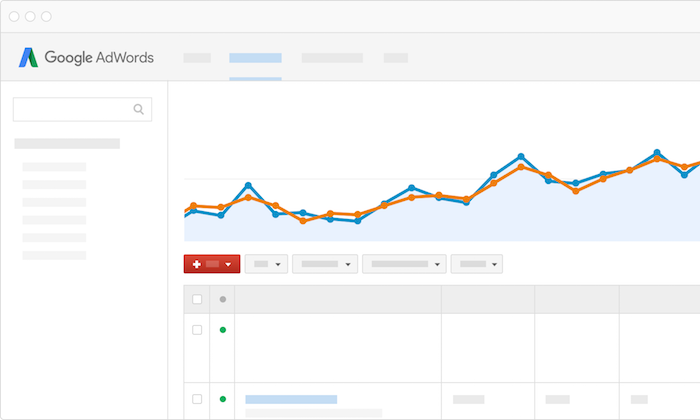
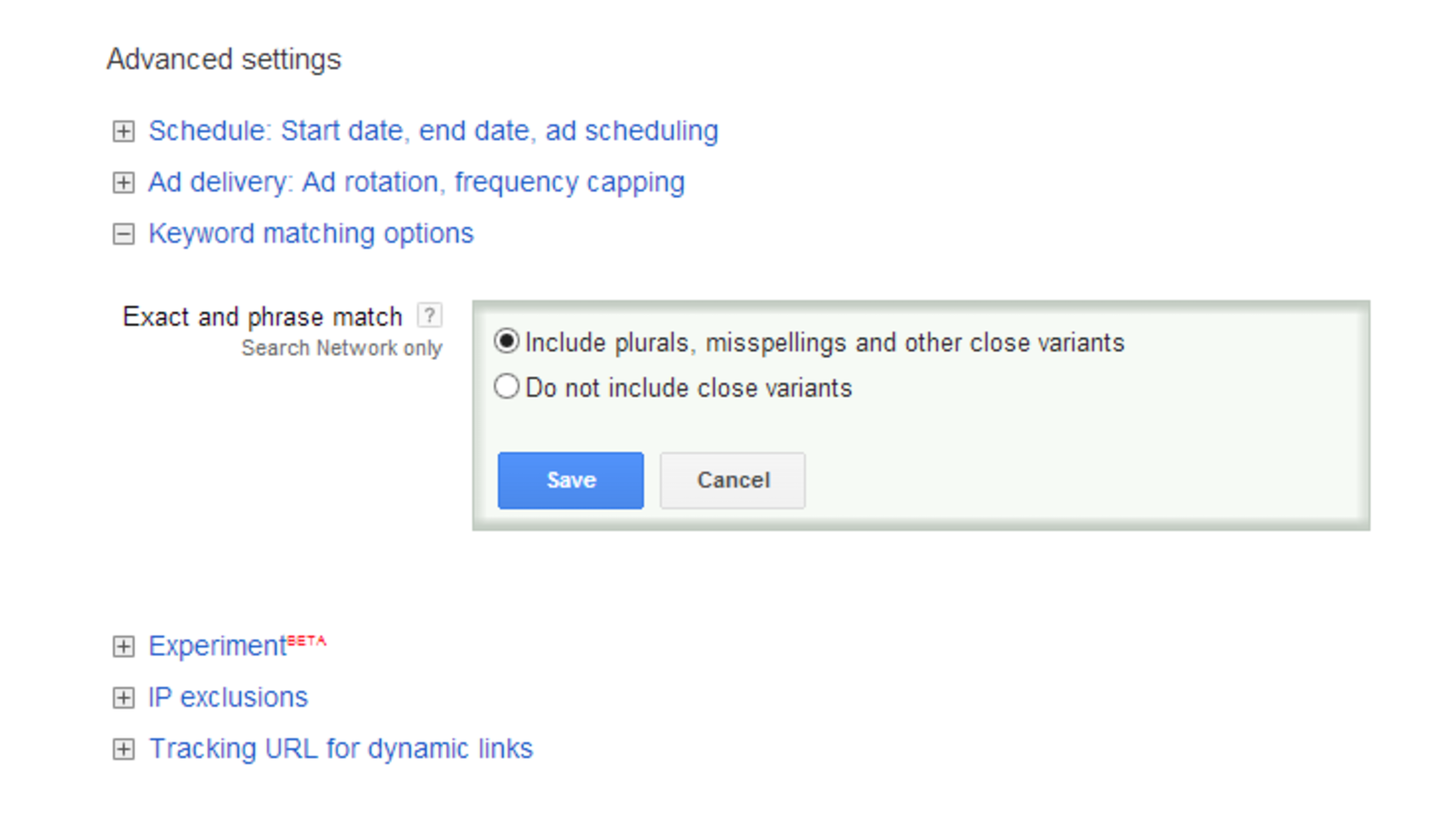








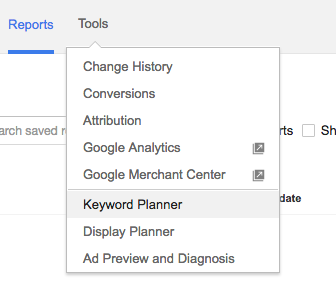

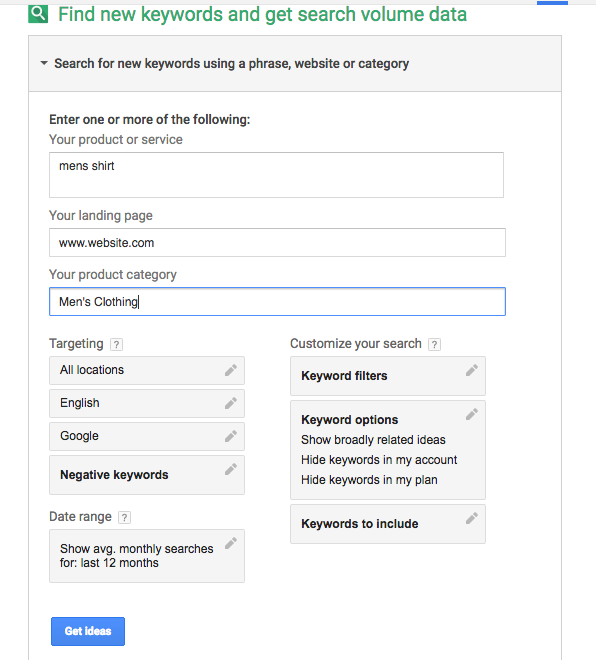

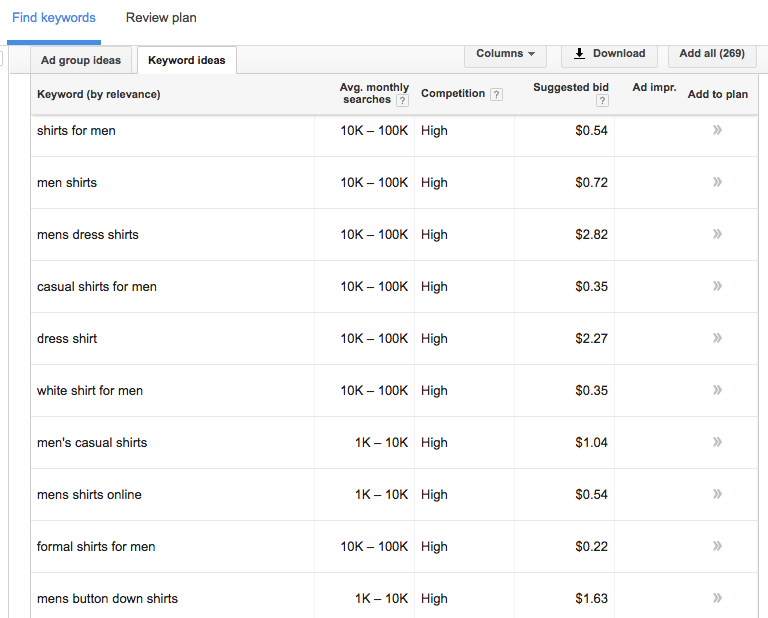







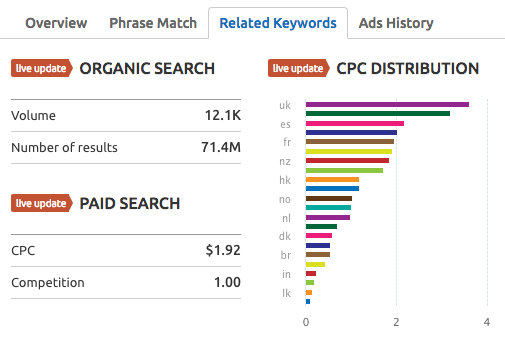


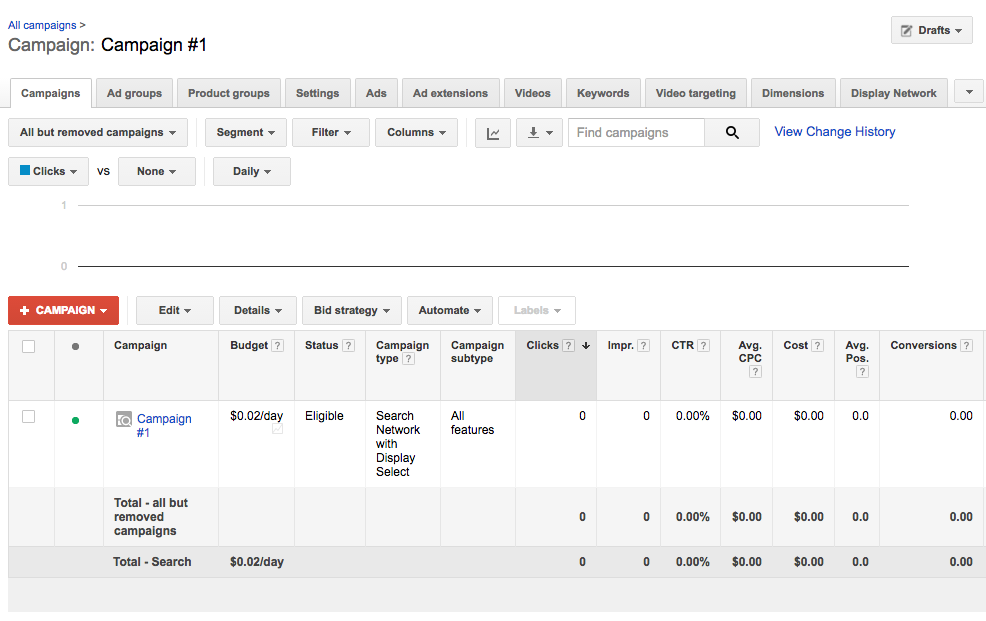


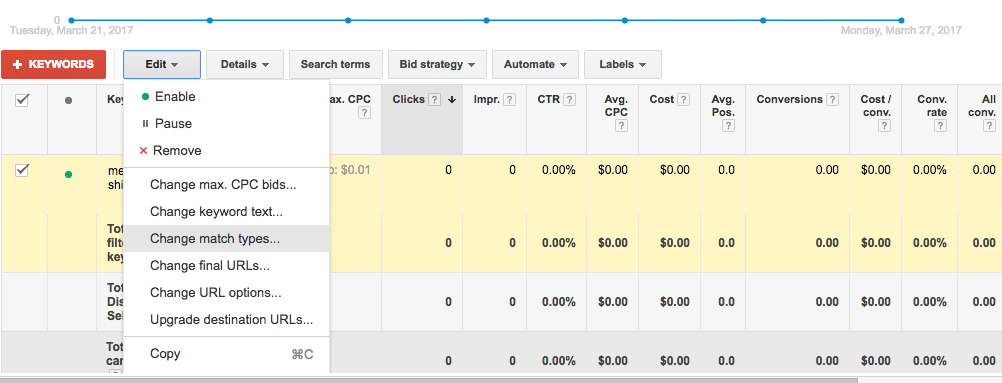


Comments (12)